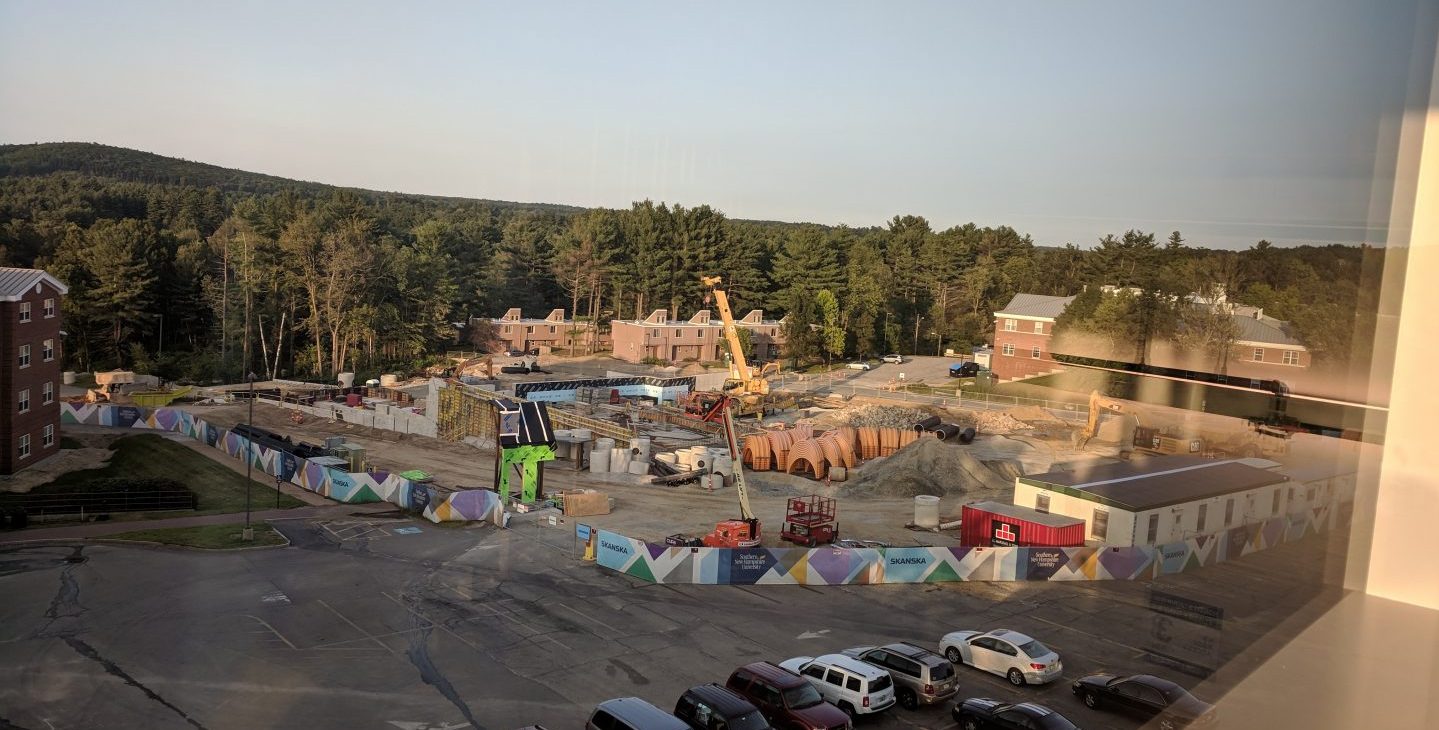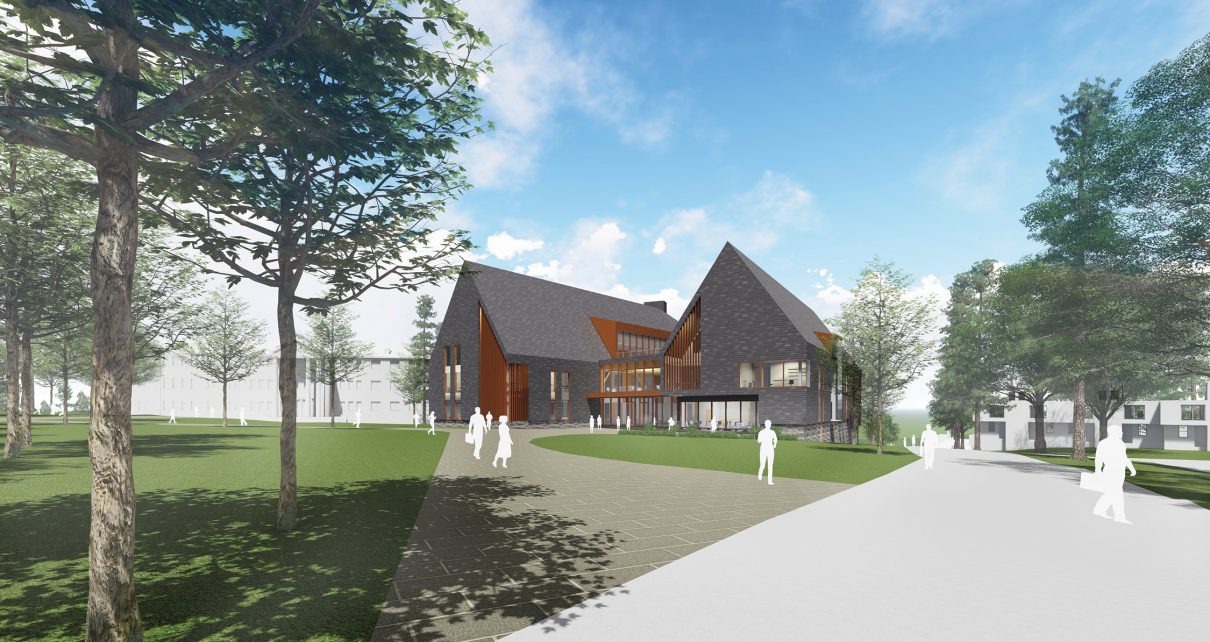SNHU is breaking ground again, this time for the new College of Engineering, Technology and Aeronautics (CETA) building. For now, the construction site can be found next to Washington Hall, far from the current CETA building located on Victory Lane.
According to Patty Lynott, the president of university college, “The construction is projected to be complete in the fall of 2019. We anticipate the building will be available to the public at that time as well.”
According to Lynott, “Crews just finished the site utilities and started the foundation work.” The construction of the new CETA building shouldn’t “have any negative impact on anyone living nearby, students in the residence halls, or community members.” Lynott also believes that the construction of the new CETA building will “enhance the vibrancy on campus, much like when we finished the green space in the quad.”
The significance of this new CETA building is that it will be built with the intention of having classes taught there full time. The current CETA building was built only to serve as a temporary engineering building until the construction of the new CETA building is completed in fall 2019.

According to Lynott, the current CETA building will “serve as an annex to the future engineering building.” The old building will be used for things like “testing unmanned aerial vehicles (drones), and we have a wind tunnel in that building which is a large experimental apparatus used for research and training in Aviation and Mechanical Engineering.” The wind tunnel in the current CETA building will remain there when the new building is finished.
Lynott emphasized this new CETA building’s importance in SNHU’s trend of innovative improvements to their higher education system. “In all my years here, I think I am most excited about this building; what it represents – our very significant entry into STEM programs, and the possibilities it opens up for our students and faculty.”




